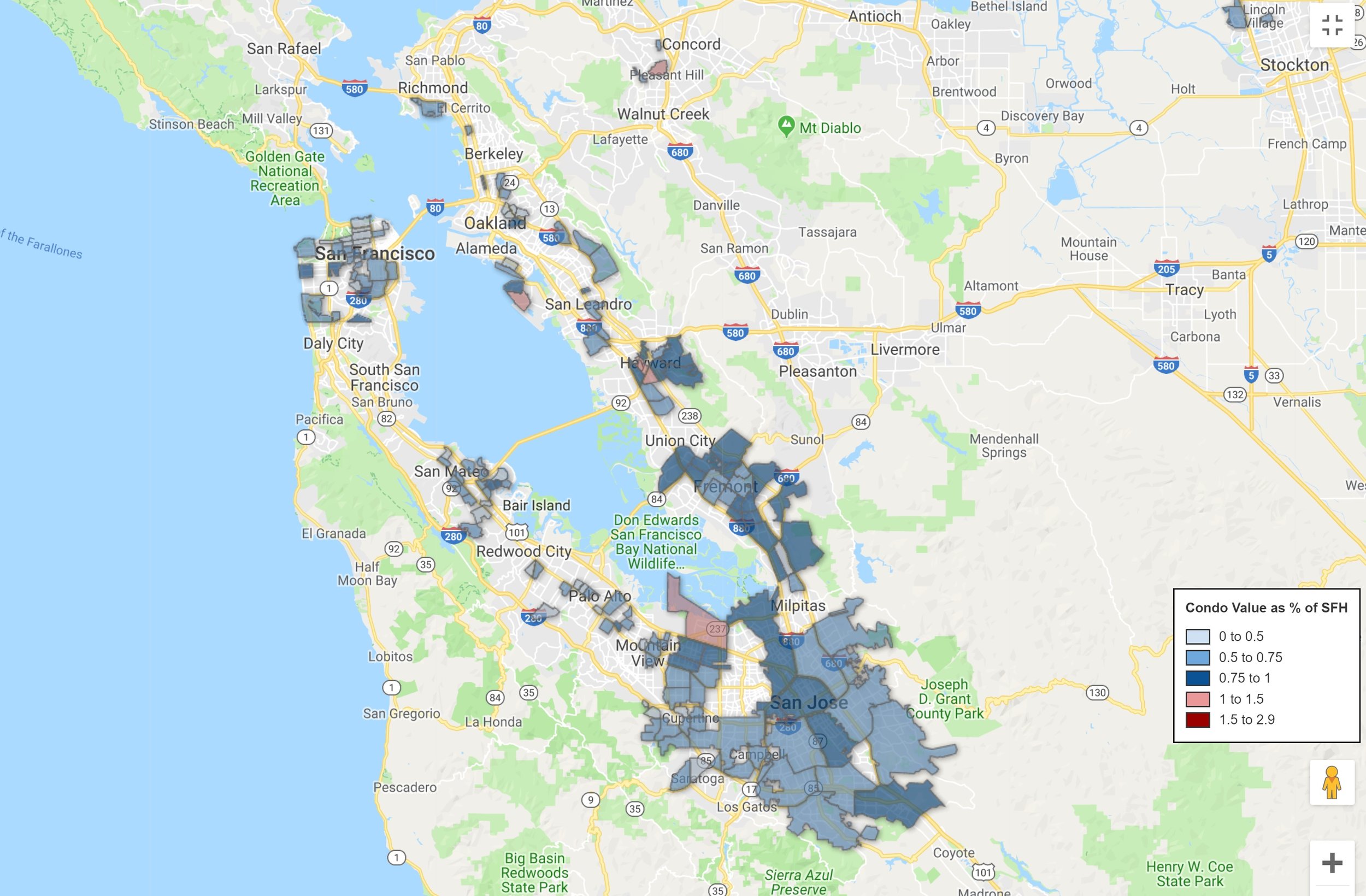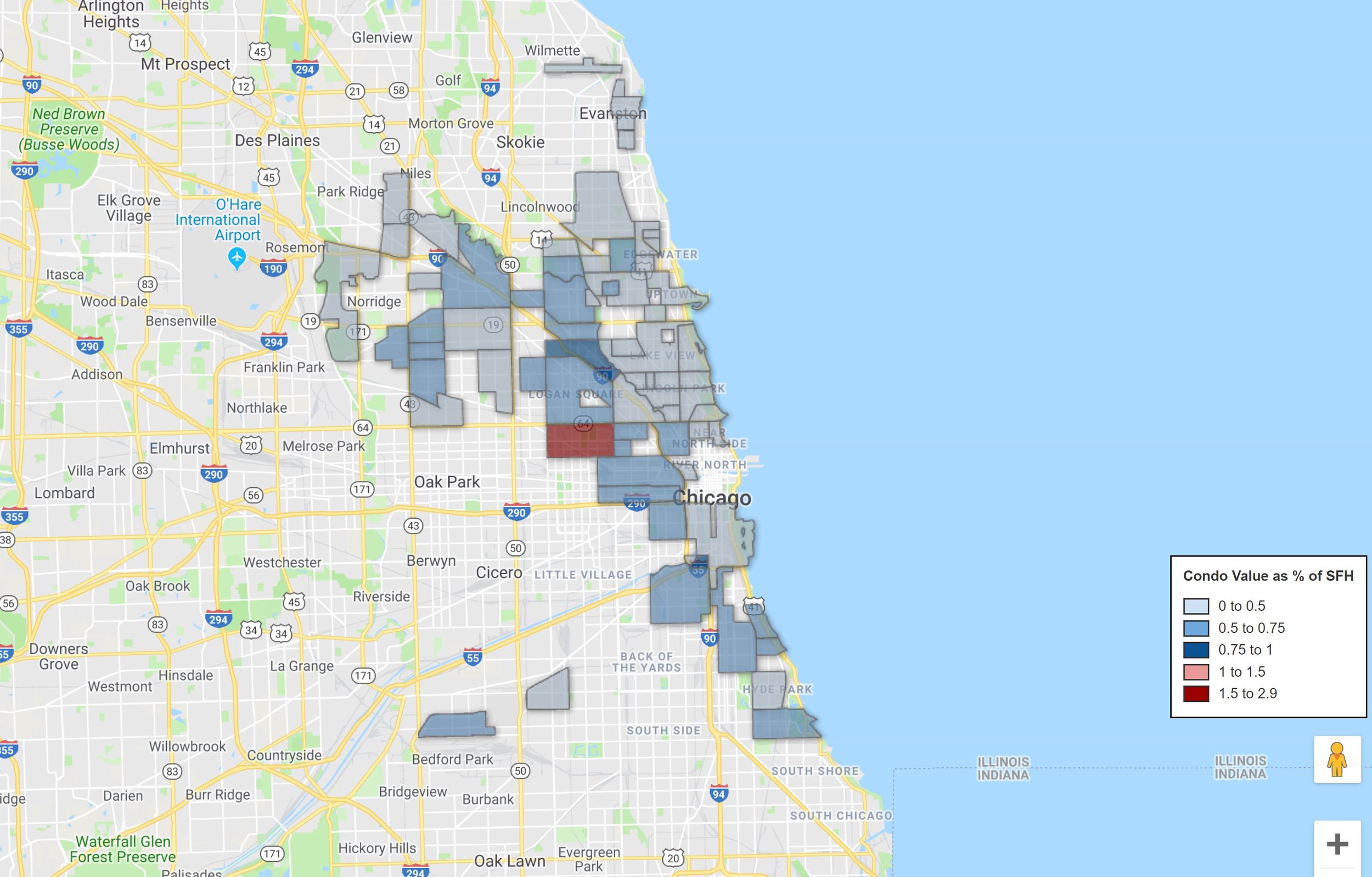Luxury housing in Los Angeles, CA.
First things first: Credit and a hat tip to Henry Kraemer for doing this analysis for Portland, Oregon and inspiring me to do the same for Los Angeles, then eventually the entire U.S.
Second thing second: I’m writing a book about housing policy that ties together the need for strong tenant protections, a growing housing supply, and public funding to help our most vulnerable residents. If you’d like to be notified when it’s available for pre-sale, please sign up here. You won’t be spammed, and your support means a lot. Thank you!
Opponents of new development often divert attention from their anti-housing views by arguing that developers only build “luxury” units — that if only the homes were affordable to regular people, they would support more housing in their communities. We know from years of experience that this is usually not true, and that even if those units were subsidized to be affordable to low- or moderate-income households these same opponents would find other reasons to complain. Building height, parking, setbacks, perceived impacts on home values, trees, architectural design, you name it: They throw everything at the wall and see what sticks, and rich people living in luxury housing are a convenient scapegoat to avoid addressing deeper structural problems.
But these people, almost always comfortably housed themselves, and often in single-family detached units, shouldn’t be so quick to cast stones. In almost every neighborhood in America where multifamily homes are allowed to exist alongside single-family units (and there are shockingly few such locations), it’s the single-family units that are the priciest housing on the market. Single-family homes, not condos and apartments, are the real luxury housing.
(As always, a disclaimer: There are people who are skeptical of development because they don’t believe it helps their communities, then there are those who oppose it simply because they don’t support any new housing — or, more to the point, new people. The former group typically want the best for their neighbors, and the right approach can bring them around to supporting more homes. The latter only want to hoard privilege, wealth, and amenities for themselves. Any negative characterizations of NIMBYs and anti-housing activists included in this post are targeted at this latter group.)
My analysis of condo and single-family home (SFH) prices in communities across the country finds that condos are consistently more affordable, often selling for less than half the price of SFHs in the same neighborhood. The data comes from Zillow ZHVI home price estimates for the month of May 2019, and it serves double duty: Not only does it highlight the price disparity between multifamily and single-family housing, it also shows just how rare it is for both housing types to be permitted in the same neighborhood (where no map data appears in cities, this is because either condos or SFHs don’t exist in that community).
You can find your own city in the interactive map below. Neighborhoods where condo prices are lower than SFHs are in blue; when the reverse is true, which is rare, they’re in red.
Even the few places where condo prices appear to outstrip single-family homes are mostly the result of statistical aberrations. In the map above, the two Downtown LA neighborhoods appear to have higher SFH prices, but there are few if any actual SFHs in the area. This is more likely caused by just a few townhomes or misidentified properties skewing the reported data in an area that’s overwhelmingly populated by multifamily homes.
Looking to the west, we see condos in the Westwood neighborhood around UCLA have a median value of $914,000 — far out of reach for most households in the city. But that’s nothing compared to single-family homes in the area. These have a median value of $2.7 million, three times greater than the already pricey condos. This pattern repeats itself across the city and throughout the U.S. This is completely unsurprising, because the thing about single-family housing is you not only have to purchase the building, you also have to have to buy a large chunk of land in a highly desirable area. (What a luxury!) Condos and apartments get to share that cost among multiple homes; single-family homes do not.
Below is a table that compares prices in every LA neighborhood where values for both condos and SFHs are reported by Zillow. You can also download a table with data for the entire country here.
Now, pointing out that condos are more affordable than SFHs is not the same as saying that condos are affordable. In many communities they’re still out of reach for most residents. And living in a single-family home doesn’t make you a bad person, nor does living in a condo or an apartment. But for wealthy residents in $1.5 million homes to fight against condos selling for half that price on the basis of affordability is wrong and insulting. Preserving these spaces for single-family housing only ensures that homes in their neighborhoods are available to an even smaller, wealthier slice of the population. It also means that we don’t get any of the affordable units often required of multifamily development — units including the thousands of affordable homes created by market-rate developers through the Transit-Oriented Communities program — because single-family housing is not required to provide these same community benefits.
Next time a NIMBY tells you they oppose “luxury” housing, ask them if they’d like to do their part and subdivide their single-family home into several more affordable units. If the answer is no, maybe they’re more concerned with the housing than the affordability.
Below are a few screen-grabs for other areas of the country. Condos are consistently lower-priced by wide margins, and you’ll also notice that many neighborhoods lack data because either condos or SFHs don’t exist in that location. Of course, it’s usually condos and not SFHs that are the missing housing type because multifamily is banned in most parts of the country.
Bay Area, CA.
Washington, D.C.
Seattle, WA.
Chicago, IL.
New York, NY.
Houston, TX.






